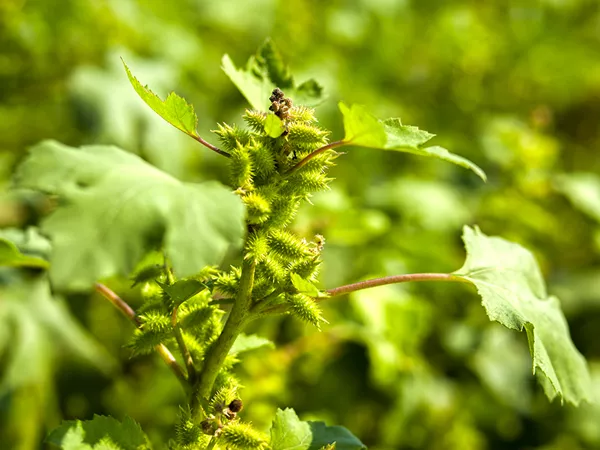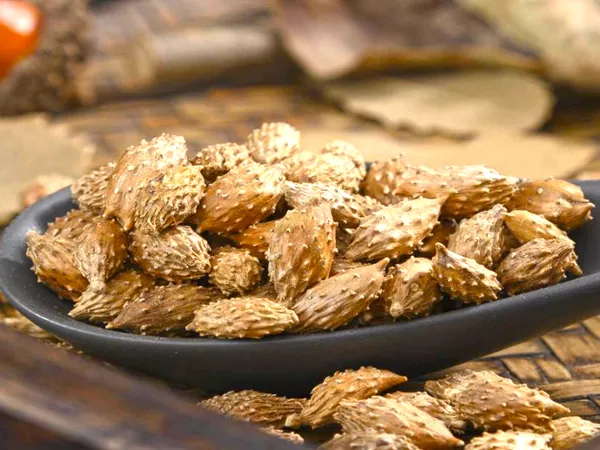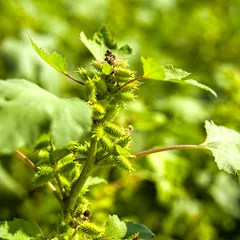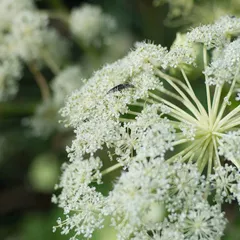Cang Er Zi
Cang Er Zi
English: Cocklebur fruits
Chinese: 苍耳子
Parts used: Fruits
TCM category: Herbs that dispel Wind and Dampness
TCM nature: Warm
Organ affinity: Lung
Scientific name: Xanthium sibiricum
Other names: Xanthium fruit, Siberian cocklebur fruit, Xanthium
Use of Cang Er Zi (cocklebur fruits) in TCM
Please note that you should never self-prescribe TCM ingredients. A TCM ingredient is almost never eaten on its own but as part of a formula containing several ingredients that act together. Please consult a professional TCM practitioner, they will be best able to guide you.
Preparation: Collect the fruits, remove impurities and dry
Dosage: 3-9g
Main actions according to TCM*: Expels Wind-Damp. Relieves nasal congestion. Drives away Exterior Wind.
Primary conditions or symptoms for which Cang Er Zi may be prescribed by TCM doctors*: Skin itching Nasal congestion Running nose Headache
Common TCM formulas in which Cang Er Zi is used*
Cang Er Zi San
Source date: 1253
Number of ingredients: 5 herbs
Formula key actions: Disperses Wind. Relieves pain. Unblocks the nose.
Conditions targeted*: Acute sinusitisChronic sinusitis and others
Cang Er Zi is a king ingredient in Cang Er Zi San. Like the name indicates, it means it has more power than other ingredients in the formula.
In Cang Er Zi San, Cang Er Zi is acrid and warm. It unblocks the
nasal passages, and are frequently used in treating profuse nasal discharge.
Key TCM concepts behind Cang Er Zi 's properties
In Traditional Chinese Medicine (TCM), Cang Er Zi belongs to the 'Herbs that dispel Wind and Dampness' category. These herbs typically help treat what's called 'bi pain' (i.e. painful obstruction) in TCM. This roughly corresponds to arthritic and rheumatic conditions with pain, stiffness and numbness of the bones, joints and muscles.
Furthermore Cang Er Zi is Warm in nature. This means that Cang Er Zi tends to help people who have too much 'Cold' in their body, although with less effect than a plant that would be Hot in nature. Balance between Yin and Yang is a key health concept in TCM. Those who have too much Cold in their body are said to either have a Yin Excess (because Yin is Cold in nature) or a Yang Deficiency (Yang is Hot in Nature). Depending on your condition Cang Er Zi can help restore a harmonious balance between Yin and Yang.
Cang Er Zi also tastes Bitter and Sweet. The so-called 'Five Phases' theory in Chinese Medicine states that the taste of TCM ingredients is a key determinant of their action in the body. Bitter ingredients like Cang Er Zi tends to have a cleansing action on the body by clearing Heat, drying Dampness and promoting elimination via urination or bowel movements. On the other hand Sweet ingredients tend to slow down acute reactions and detoxify the body. They also have a tonic effect because they replenish Qi and Blood.
The tastes of ingredients in TCM also determine what Organs and Meridians they target. As such Cang Er Zi is thought to target the Lung. In addition to performing respiration, the Lungs are thought in TCM to be a key part of the production chain for Qi and the Body Fluids that nourish the body.





